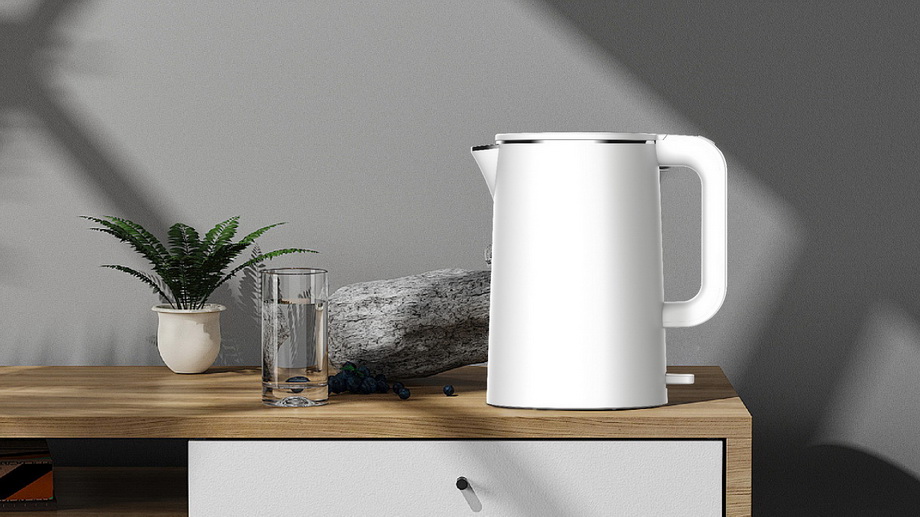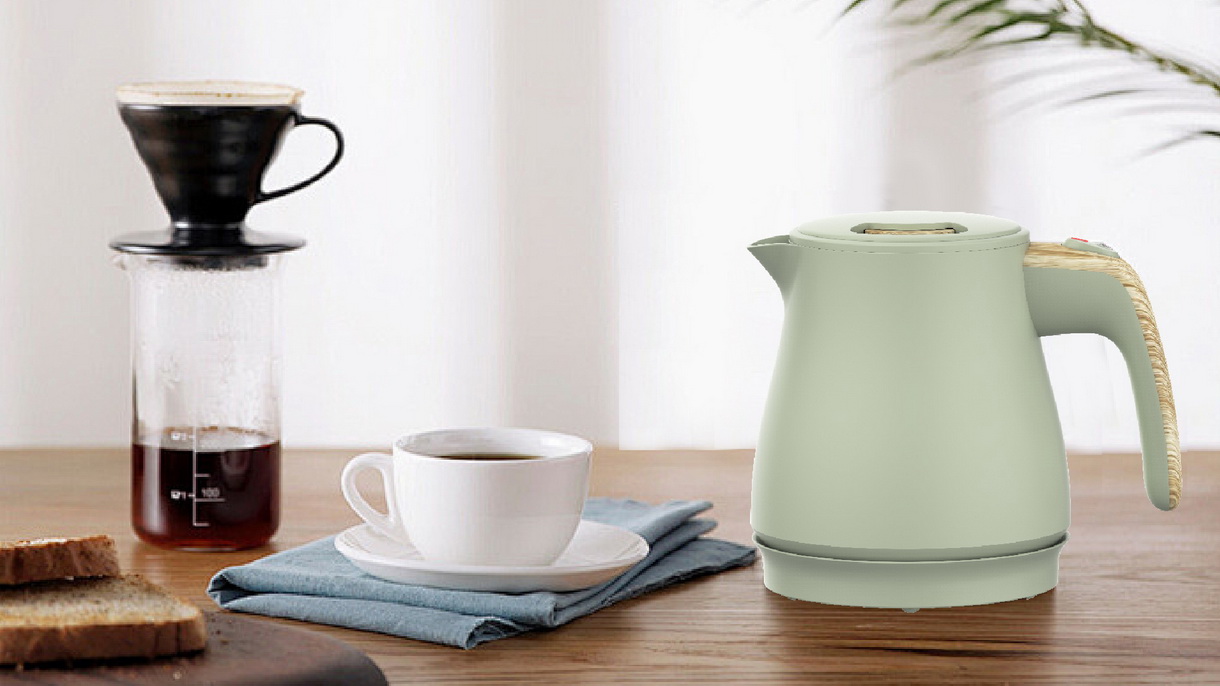The Evolution of Electric Kettle Technology
The electric kettle has evolved remarkably since its inception. Early models were little more than a heating coil attached to a container. Today’s kettles incorporate sophisticated components such as temperature sensors, microprocessors, and waterproof controllers that ensure precise boiling and automatic shutoff.
This technological advancement, however, brings a trade-off. Manufacturers must balance adding features with keeping costs manageable. While smart kettles with app connectivity are emerging, the question remains whether these innovations truly improve user experience or merely serve marketing purposes.
Material selection also plays a critical role. Stainless steel interiors resist corrosion and scaling, offering durability and a clean taste. Food-grade plastics provide lightweight and cost-effective alternatives but require stringent safety standards to avoid chemical leaching. Glass kettles appeal to consumers seeking visual confirmation of boiling but introduce fragility concerns.

Safety: More Than Just Features
Safety is paramount in electric kettle design. Commonly included protections like boil-dry shutdown and anti-tilt sensors have significantly reduced accidents. Yet, real-world effectiveness depends on both design quality and user behavior.
Boil-dry protection prevents the heating element from activating when the kettle is empty, avoiding damage and fire risk. Anti-tilt mechanisms cut power if the kettle tips over, reducing burn hazards. However, these systems can fail if the kettle is knocked over slowly or partially.
User habits also influence safety outcomes. Overfilling, improper cleaning, or placing the kettle on unstable surfaces can negate built-in protections. This underscores the importance of intuitive design and clear user guidance to minimize risks.
Environmental Impact and Energy Use
Though boiling water is a routine task, electric kettles consume considerable energy due to their high wattage and frequent use. Consumers often prioritize speed, favoring kettles with 2000+ watts for rapid boiling, which increases electricity consumption.
Energy efficiency improvements—such as better insulation and more efficient heating elements—could reduce power use, but may slow boiling times or increase costs. This presents a dilemma between convenience and sustainability.
Material choice also affects environmental footprint. Plastic kettles are cheaper but contribute more to waste streams, while stainless steel and glass offer recyclability but at higher production and transportation costs.
Increasingly, manufacturers face pressure to adopt eco-friendly materials and design for recyclability, aligning with growing consumer environmental awareness.
Market Dynamics and Consumer Preferences
Electric kettle markets differ widely across regions. In Europe, strict energy and safety regulations push manufacturers toward certified, efficient models. Asian markets often demand multifunctional kettles with variable temperature settings, reflecting diverse tea and cooking cultures. North American consumers tend to emphasize brand reputation and convenience features.
The rise of smart home technology is influencing kettle design as well. Connected kettles offer remote control and integration with voice assistants. Yet, adoption remains limited by concerns over privacy, reliability, and cost.
Understanding these regional and technological nuances is crucial for manufacturers and distributors aiming to succeed globally.

Looking Ahead: The Future of Electric Kettles
The electric kettle’s future will likely blend smarter technology with sustainability. Integration with home energy management systems could optimize power use, while AI-driven sensors might enhance safety by detecting misuse or hazards more accurately.
Personalization may also advance, with kettles adapting boiling profiles to individual preferences or usage patterns. Voice control and seamless smart home integration could become standard features.
At the same time, environmental concerns will drive innovation in materials and energy efficiency, pushing the industry toward greener solutions.
Thought
The electric kettle exemplifies how everyday appliances are shaped by complex technological, safety, environmental, and consumer factors. Recognizing these layers helps manufacturers innovate responsibly and allows consumers to make informed choices.
Far from a simple device, the electric kettle is a window into broader trends in home technology and sustainability. Its ongoing evolution reflects the delicate balance between convenience, safety, cost, and environmental impact—a balance that will define the next generation of household appliances.
 粤ICP备16012827号-1
粤ICP备16012827号-1